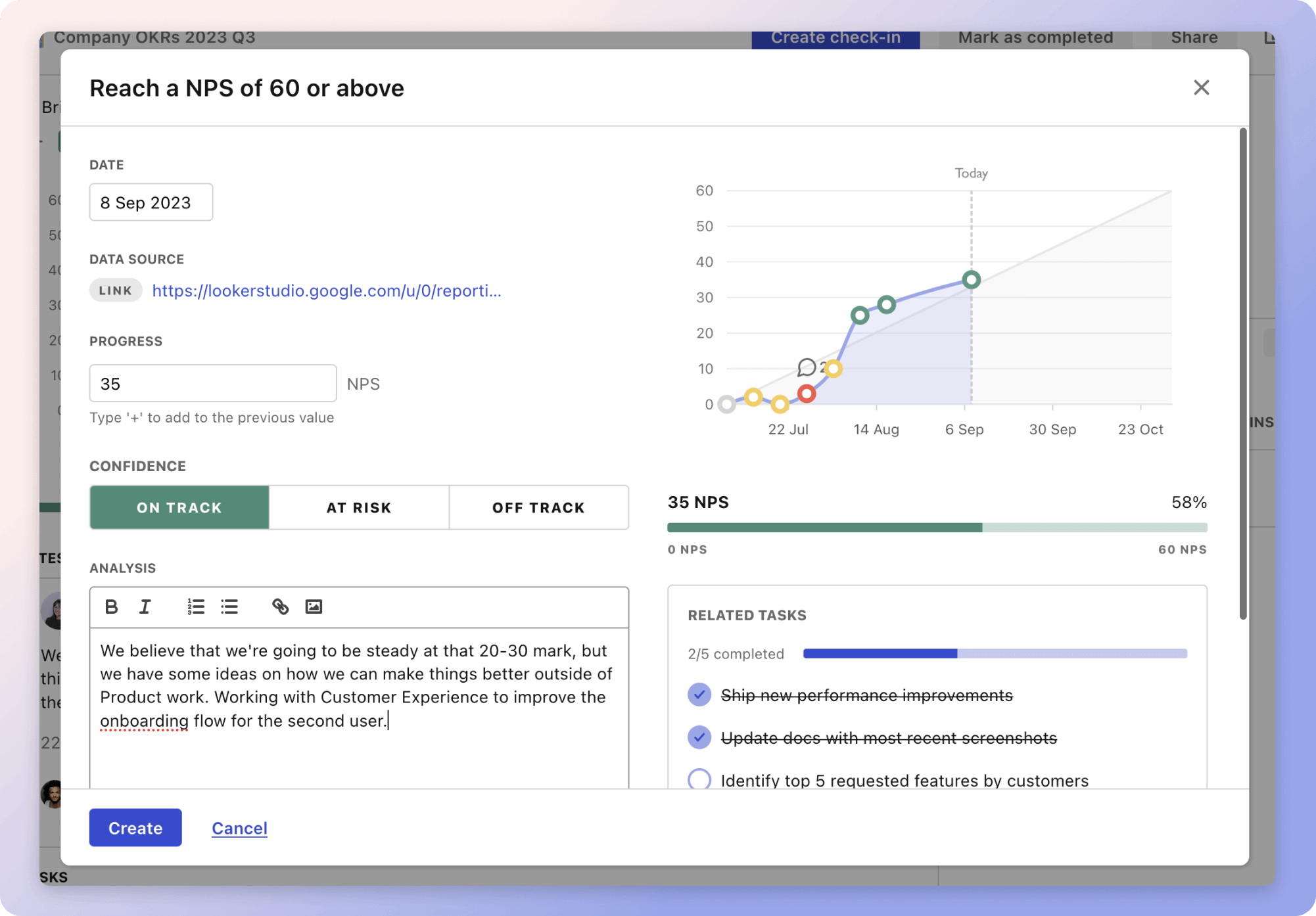The strategy outlined focuses on building profitable strategies in forex markets. The first component is conducting market analysis, where traders research market trends, historical price data, and utilize both technical and fundamental analysis for insights. For example, understanding the behavior of currency pairs and economic indicators can help predict market movements.
The second part entails developing and testing trading strategies. This involves selecting a method suitable to your risk tolerance, using demo accounts, and implementing risk management techniques. Backtesting and monitoring performance help refine strategies. The use of automated systems and thorough documentation of all trades are crucial for improvement.
The final aspect is enhancing trading skills and knowledge by participating in courses, seminars, and trading communities. Engaging with successful traders, reading relevant books, and continuous practice through simulations contribute to skill development. Setting realistic goals and maintaining a trading journal ensure ongoing growth and reflection in forex trading.
The strategies
⛳️ Strategy 1: Conduct market analysis
- Research major forex market trends and historical price movements
- Use both technical and fundamental analysis for insights
- Subscribe to financial news updates for real-time information
- Study and understand different currency pairs and their behaviour
- Analyse economic indicators influencing forex markets
- Utilise trading platforms with advanced charting tools
- Learn about the impact of geopolitical events in forex trading
- Identify resistance and support levels in forex charts
- Understand and use Fibonacci retracement for predicting price movements
- Review and adapt strategies based on historical data analysis
⛳️ Strategy 2: Develop and test trading strategies
- Select a forex trading strategy that fits your risk profile
- Utilise demo accounts to test strategies without financial risk
- Establish clear entry and exit signals for trades
- Incorporate risk management techniques to protect capital
- Utilise backtesting to validate the effectiveness of your strategies
- Monitor and analyse the performance of test trades
- Iterate and refine strategies based on test outcomes
- Explore automated trading systems and algorithms
- Set stop-loss and take-profit levels in your strategy
- Document and review every trade to identify patterns
⛳️ Strategy 3: Enhance trading skills and knowledge
- Enroll in online courses focused on forex trading
- Join forex trading communities and forums for shared insights
- Attend webinars and seminars by experienced traders
- Read books and publications on advanced forex trading strategies
- Practice forex trading through simulations and virtual platforms
- Seek mentorship from seasoned forex traders
- Analyse successful trader's methods and incorporate beneficial elements
- Regularly review and update your trading plan
- Keep a trading journal to track progress and findings
- Set achievable goals and milestones for skill development
Bringing accountability to your strategy
It's one thing to have a plan, it's another to stick to it. We hope that the examples above will help you get started with your own strategy, but we also know that it's easy to get lost in the day-to-day effort.
That's why we built Tability: to help you track your progress, keep your team aligned, and make sure you're always moving in the right direction.

Give it a try and see how it can help you bring accountability to your strategy.
